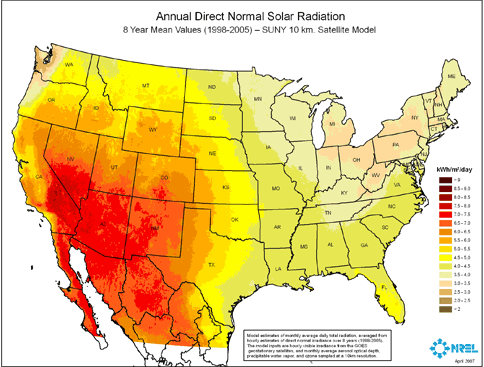There are around 120 million households in the USA.
What if the Federal govt, payed for solar panels to be installed on all homes in the country at a rate around 1% per year.
Not only that, there'd be a massive investment in S.E.G.S power stations in the deserts (south west of the country).
Every S.E.G.S system could produce enough power for around 250,000 homes, so I'm thinking again of building enough S.E.G.S systems to power homes at a rate of 1% per year.
This would then leave fracked oil and gas to be used in transport.
Would this be possible?
How would this help energy dependency in the USA?
Regards filers.
What if the Federal govt, payed for solar panels to be installed on all homes in the country at a rate around 1% per year.
Not only that, there'd be a massive investment in S.E.G.S power stations in the deserts (south west of the country).
Every S.E.G.S system could produce enough power for around 250,000 homes, so I'm thinking again of building enough S.E.G.S systems to power homes at a rate of 1% per year.
This would then leave fracked oil and gas to be used in transport.
Would this be possible?
How would this help energy dependency in the USA?
Regards filers.


